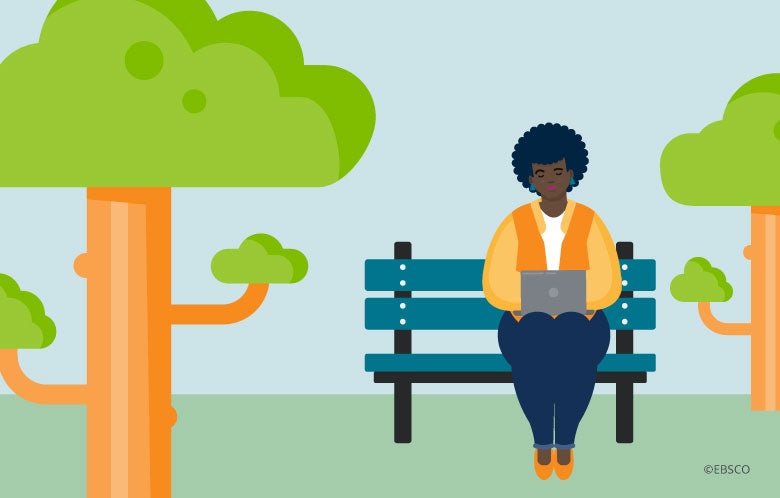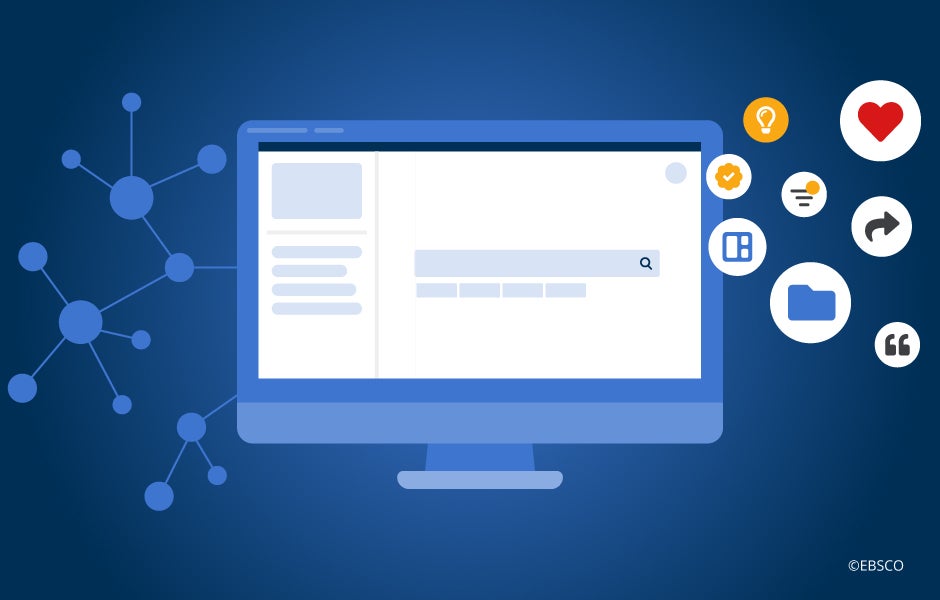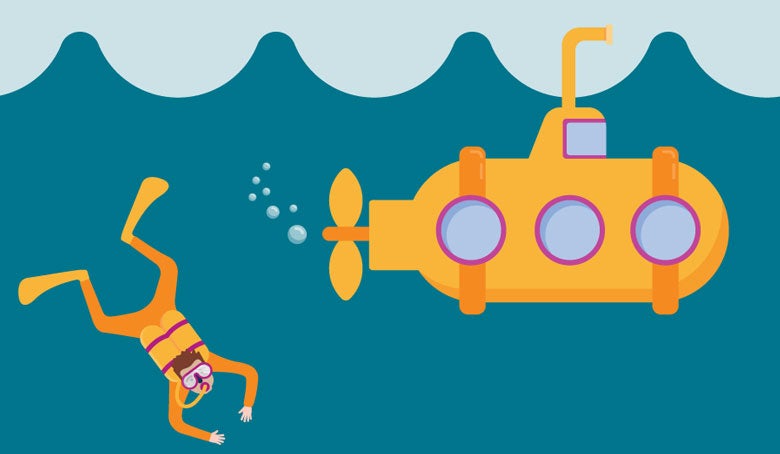“Knock-knock.”
“Who’s there?”
“Interrupting cow.”
“Interrupting cow wh—”
“Moo!”
Admit it. While your digital devices might allow you to multitask, they also eat into your time more than an interrupting cow knocking at your door.
Let’s take this blog, for example. There is almost no way you will be able to read this blog without having a text, phone call or video chat to answer before you finish. You probably have several work files open onscreen that you need to deal with. That ton of emails you’re trying to catch up on is still crushing down on you. Plus, let’s not forget that you’re in the middle of a Zoom meeting, trying to order groceries, shuffling through your playlists, paying some bills, reading the news, and checking your Facebook, Twitter and Instagram feeds.
Everyone is tech-enabled but time-starved. Spending several minutes — let alone hours — on any single task might now be a thing of the past.
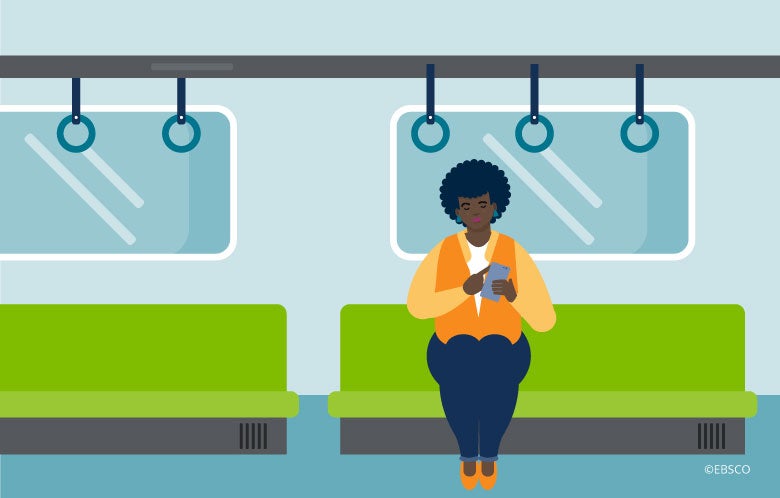
EBSCO Discovery Service lets you jump in and out of your projects, enabling you to conduct searches when you’re on the go.
So, what does this mean for discovery? If searching for sources in the library has always meant clearing your calendar for an afternoon, and you simply don’t have that kind of time anymore, how will you successfully research anything ever again?
Given the juggling acts we all now perform in this era of constant virtual connection, and the ever-increasing number of digital devices requiring our attention, the new EBSCO Discovery Service was specifically designed to help you out.
Instead of treating the search process as a single, monolithic task that must be conducted in a marathon session at the library, EDS gives you tools that help you conduct your research in a modular, multidirectional fashion that you can conduct as your time permits. This style of working is called “non-linear research.” EDS is built to accommodate non-linear research by enabling you to start and stop as needed, and facilitates any bouncing you might do between phone, tablet, and computer.
EBSCO’s mobile app lets you jump in and out of your research and download articles and e-books as you multitask on the go. The EDS dashboard lets you save this research in the cloud so you can always pick up where you left off, no matter what device you are using. This means that you have a portable, personalized workspace, as well as a multi-device, multi-environment research flow that you can use anywhere, anytime.
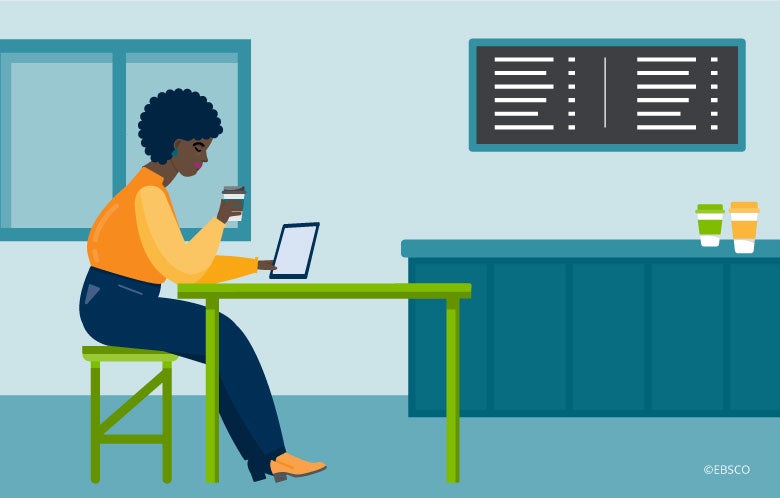
EBSCO Discovery Service fits in to your multi-device, multi-tasking digital world and frees you to be flexible in your research.
In addition to this “library-in-your-pocket” convenience, EBSCO has redesigned the interface on all devices so that it is easy to work on whichever phase of the research process you want. You no longer have to start at what was traditionally considered the beginning and work your way all the way through to the end. Maybe you already have some sources and you want to build on those. Perhaps a friend or colleague has forwarded you a link. Entering these into EDS is incredibly easy. Pulling citations — traditionally a tedious chore — is simple as well, and you can grab them whenever easiest for you. Furthermore, you can even “like” results with a simple click, saving them for whenever you have time to dive deeper into them.
Essentially, you can piece together the steps in your research project however you see fit.
Given that the trajectory of daily life has also become non-linear, EDS recognizes that search shouldn’t be restricted to the old, straight line approach. Get a peek at the evolution of EDS to see how it fits in to your multi-device, multi-tasking digital world and frees you to be flexible in your research.
